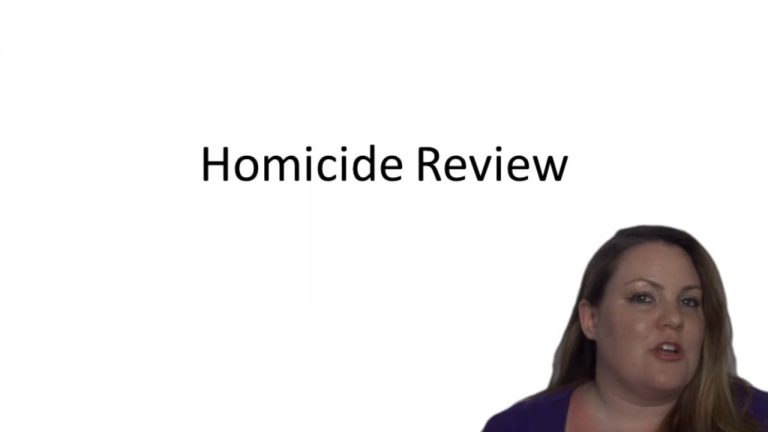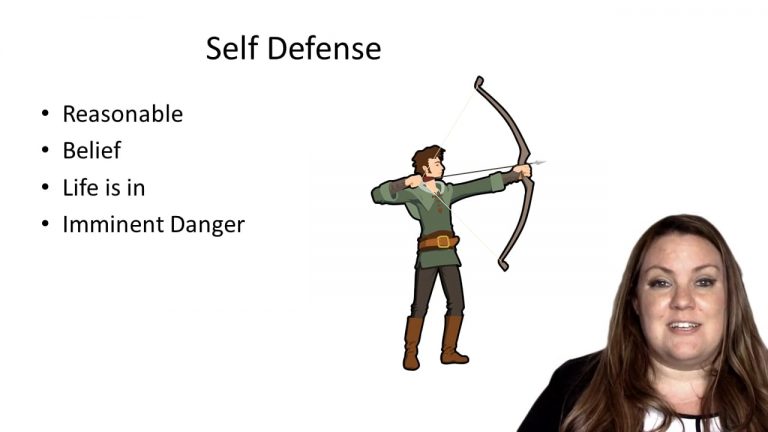SmartBrief
Confirm favorite deletion?
Criminal Law Keyed to Osler
United States v. Trujillo
Citation:
2010 WL 5476756 (D. N.M., Dec. 1, 2010)Facts
Defendant, his brother Lewis, Brian Lester Sam, and Sam’s brother Arlonzo were drinking at the defendant’s mother’s house and watching television. Sam began arguing with Arlonzo and fighting. They separated Sam and Arlonzo, and then Lewis and Arlonzo left the residence. Sam then began fighting with the defendant. The defendant tried walking away, but Sam followed him poking at his back making the defendant think he had a knife. Sam then referred to the defendant’s firearm, making the defendant fear that Sam had access to it. Defendant than ran inside to get his gun, and pointed it at Sam expecting him to backdown. He did not and instead moved towards the defendant, so the defendant shot in him the side.
The government believes that at best, the defendant has an argument for imperfect self-defense, another term for reducing a charge from murder to manslaughter due to the actions of the victim.
Only StudyBuddy Pro offers the complete Case Brief Anatomy*
Access the most important case brief elements for optimal case understanding.
*Case Brief Anatomy includes: Brief Prologue, Complete Case Brief, Brief Epilogue
- The Brief Prologue provides necessary case brief introductory information and includes:
Topic:
Identifies the topic of law and where this case fits within your course outline.Parties:
Identifies the cast of characters involved in the case.Procedural Posture & History:
Shares the case history with how lower courts have ruled on the matter.Case Key Terms, Acts, Doctrines, etc.:
A case specific Legal Term Dictionary.Case Doctrines, Acts, Statutes, Amendments and Treatises:
Identifies and Defines Legal Authority used in this case.
- The Case Brief is the complete case summarized and authored in the traditional Law School I.R.A.C. format. The Pro case brief includes:
Brief Facts:
A Synopsis of the Facts of the case.Rule of Law:
Identifies the Legal Principle the Court used in deciding the case.Facts:
What are the factual circumstances that gave rise to the civil or criminal case? What is the relationship of the Parties that are involved in the case.Issue(s):
Lists the Questions of Law that are raised by the Facts of the case.Holding:
Shares the Court's answer to the legal questions raised in the issue.Concurring / Dissenting Opinions:
Includes valuable concurring or dissenting opinions and their key points.Reasoning and Analysis:
Identifies the chain of argument(s) which led the judges to rule as they did.
- The Brief Prologue closes the case brief with important forward-looking discussion and includes:
Policy:
Identifies the Policy if any that has been established by the case.Court Direction:
Shares where the Court went from here for this case.
Topic Resources
Topic Videos
 14m 23s
14m 23s 9m 57s
9m 57sTopic Refresher Courses

